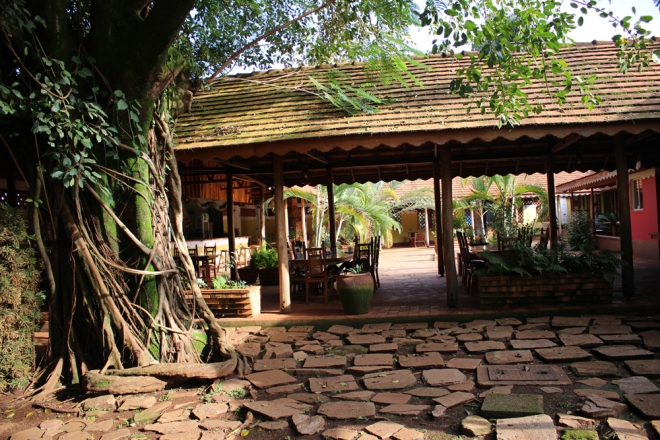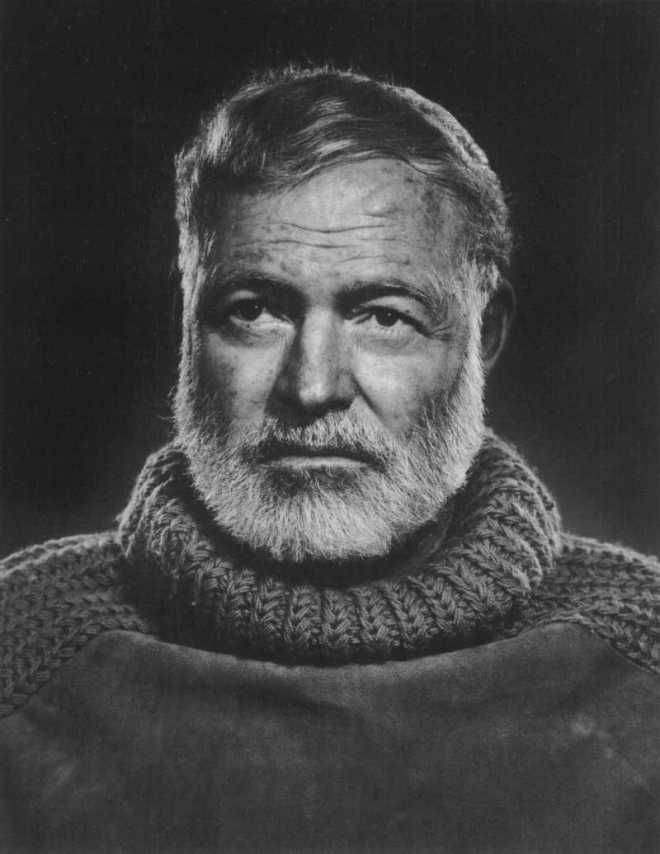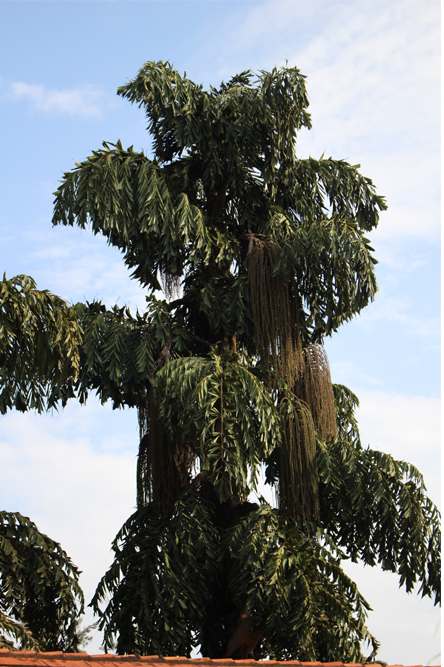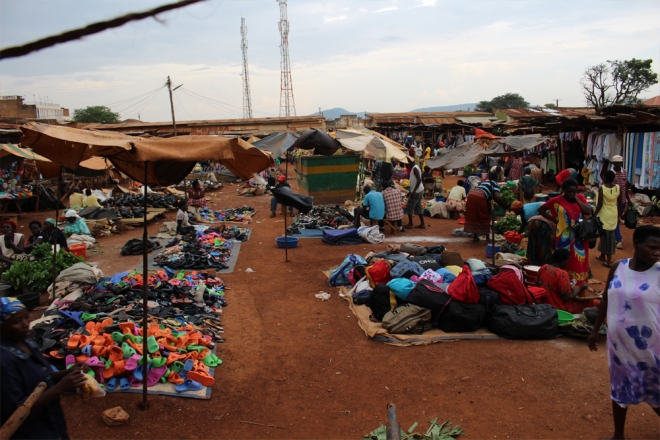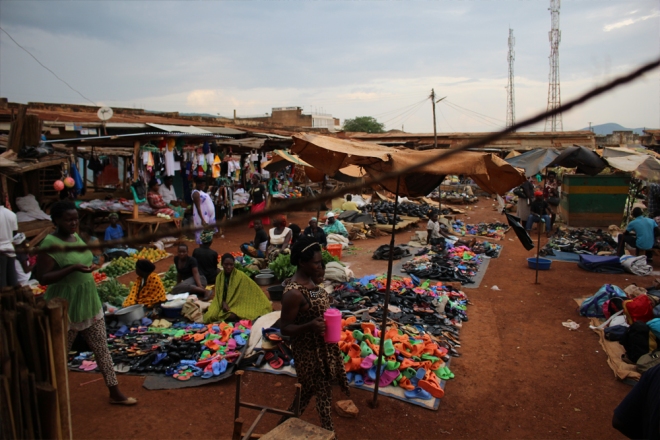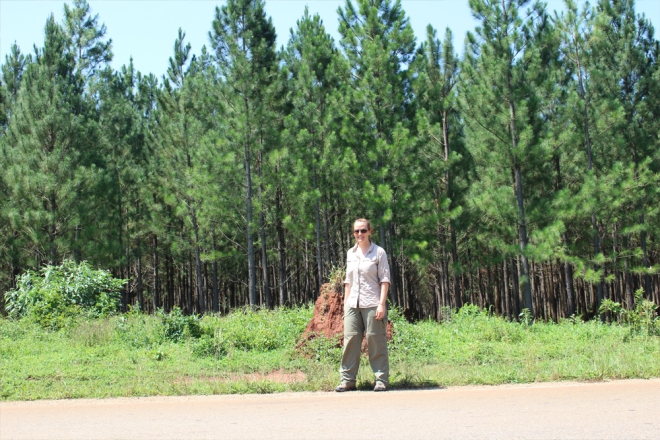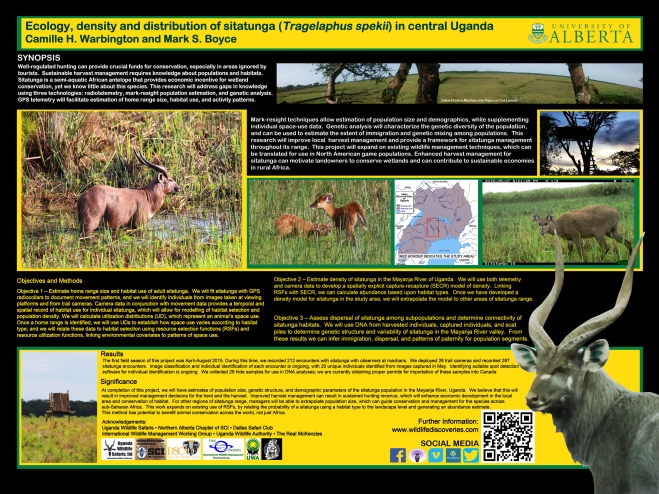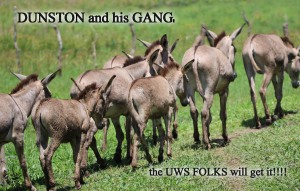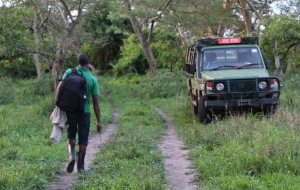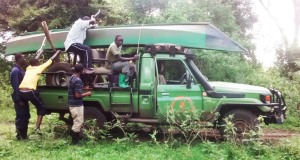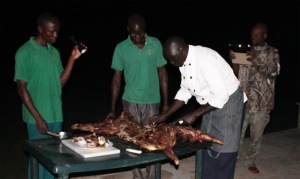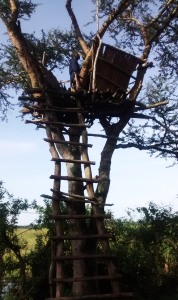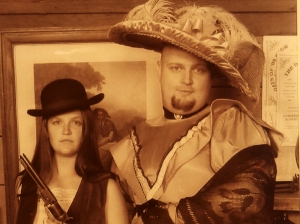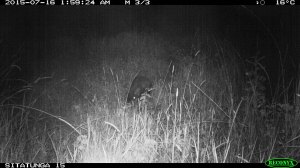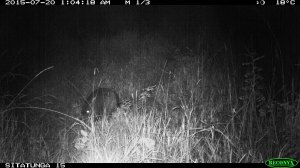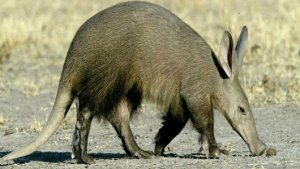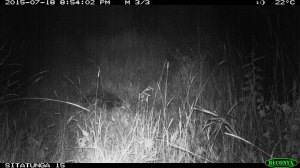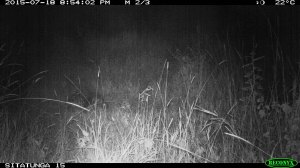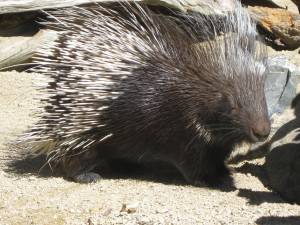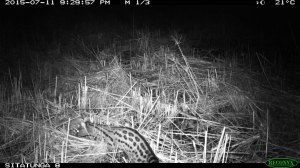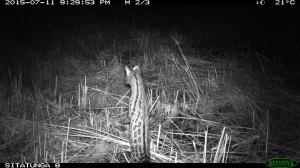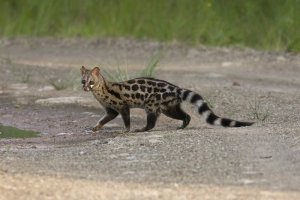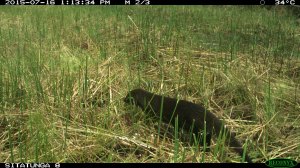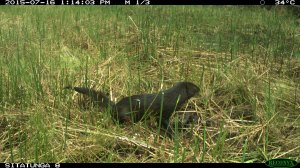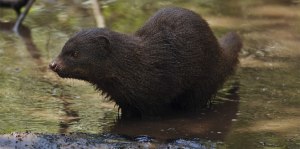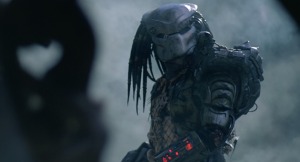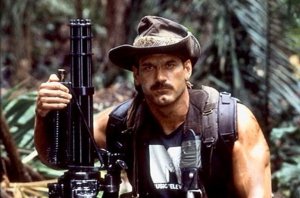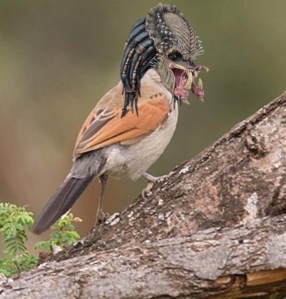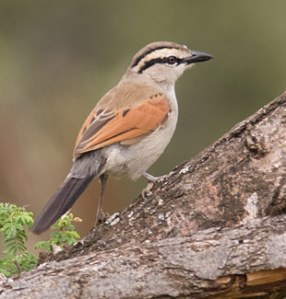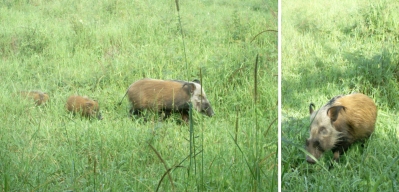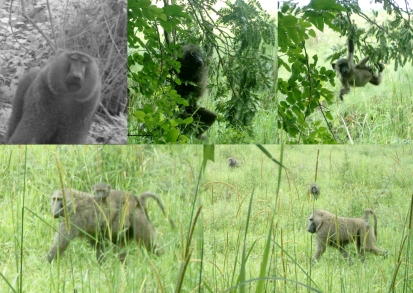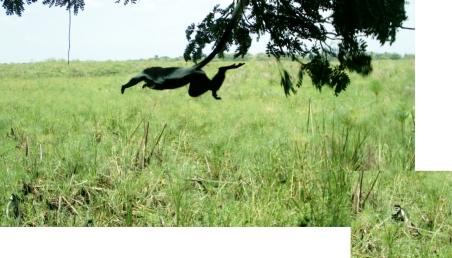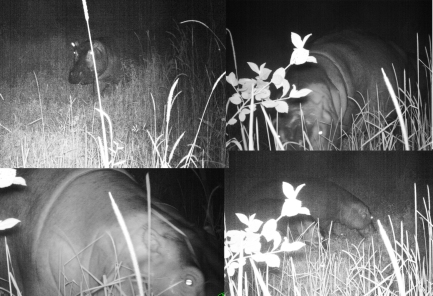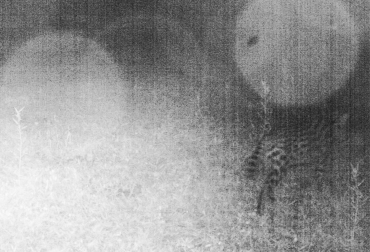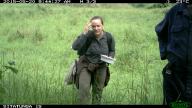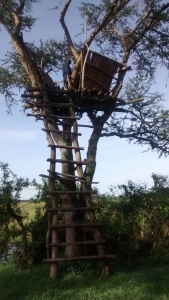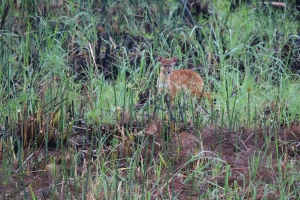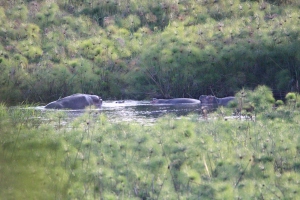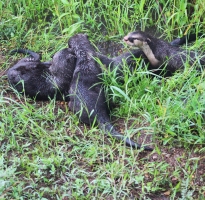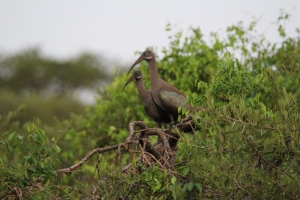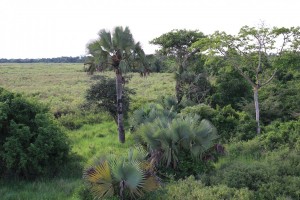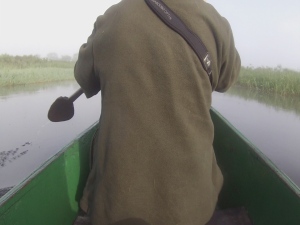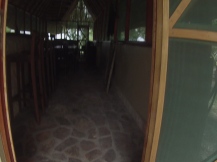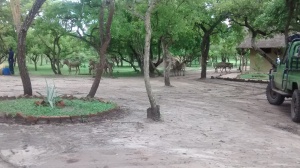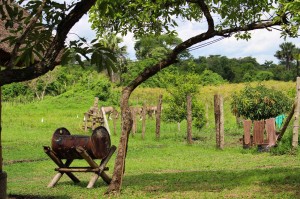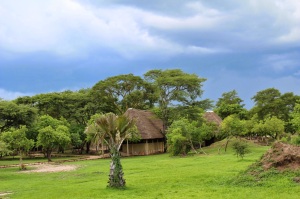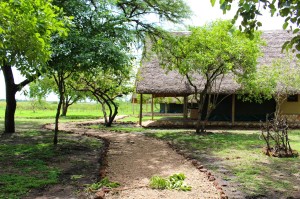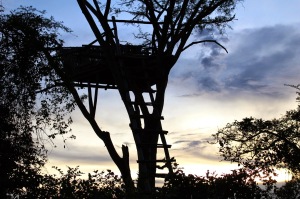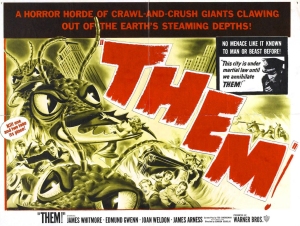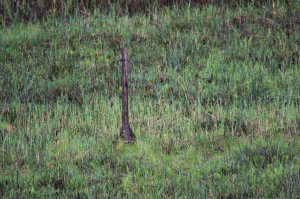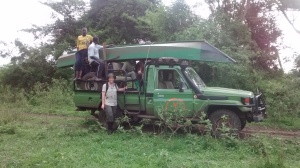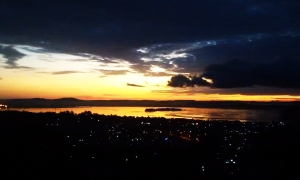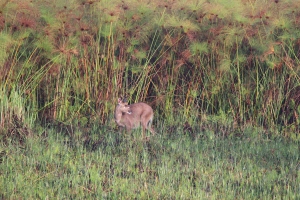Mayanja River- Uganda
Yes, there are elephants in Uganda.
No, there aren’t any elephants near my study area. (Historically they were here, but that is another topic for another day)
Yes, there are lions in Uganda. No, there aren’t any lions here either.
Yes, Uganda is home to giraffes, gorillas, zebra, chimpanzees, buffalo, rhinoceros, and cheetah – just far away from here. (See above parenthetical note)

There is still plenty of wildlife in the Mayanja river basin – just animals that you may not have heard of. After all, it is tough to compete for attention with any of the animals that I mentioned above. But the species here are amazing, fascinating, and unique, just like the previous list. And in case you have never heard of them (as I know that not everyone is a wildlife nerd like me), I am honored to introduce them to you!
Since there are so many species here, I have decided to split blog posts about the wildlife into a few parts (final number TBD). I will start this series with the group near and dear to my heart – the Amazing Antelopes!
Some of the information below was taken from the book A field guide to the Larger Mammals of Tanzania by Charles Foley, Lara Foley, Alex Lobora, Daniela De Luca, Maurus Msuha, Tim R.B. Davenport, and Sarah Durant. This book has been indispensable, and if anyone is planning a trip to East Africa, I highly recommend it!
Waterbuck (Kobus ellipsiprymnus)
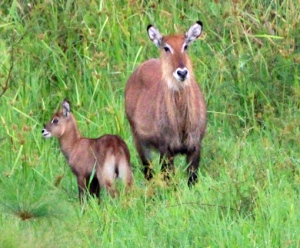
Waterbuck have an odor – I have not detected it, but it was described to me as very similar to turpentine. They are found in floodplains and always near water – hence their common name. They are rather social, forming large herds in part of their range. Here, I have seen groups up to 6 individuals. The males have long, ridged horns that curve forward. Some individuals have long hair on their necks, kind of like a mane, and they have a white rump patch that distinguishes them at a distance.
I have to admit something: waterbuck are becoming my favorite. There is something very endearing about them – I think it is the heart-shaped black nose set off by a ring of white, which gives them a permanent expression of mild surprise and confusion. I have not seen one in a flat-out run, but I did see a mother/lamb pair in a startled state, and their upright trotting gait made me laugh out loud. They are larger than sitatunga – even the females – so their size also adds to their awkwardness and appealing qualities. I once saw a newborn calf, and I am serious when I say that I could have watched him or her for hours. The tracker accompanying me that day actually had to say, “stop looking at the waterbuck, you are here for sitatunga, and there is a sitatunga over here.” There is just something about them that cheers me up whenever I see one. Sitatunga would have to become a lot more charming to compete with waterbuck.
Bushbuck (Tragelaphus scriptus)
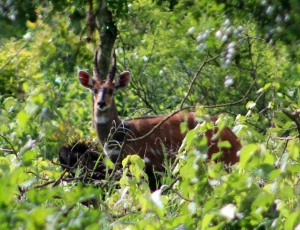
Male bushbuck have spiral horns, although they do not get as long as sitatunga horns.
This is the antelope that reminds me the most of white-tailed deer. It is very common along roadsides and shrubby areas, but it seems to be a true habitat generalist, as I have seen it in the forests and swamps as well. Most bushbuck are not easily spooked by vehicles, but simply watch as the truck drives past. I have yet to see one freak out and run towards trucks or other traffic (like white-tailed deer are known to do), but I have also not been on a nighttime game drive or patrol to see how they respond to headlights. When bushbuck do flush, they run with their tails up, showing the white underside – another thing that reminds me of white-tailed deer. They also have a raspy bark that they use when startled to warn other bushbuck of the perceived danger. Females seem to be more likely to bark and run away than males – you can draw your own conclusions about that!
There are a couple of different color variations of bushbuck in this area. One version has white markings on the inside of their front legs set off by a black band at the top – it reminds me of 1980’s style tube socks. Another, much rarer color variation is white – not albino, but a bluish-grey color instead of the reddish-brown. I have been fortunate enough to see a female white bushbuck, but I did not manage to get a very good picture before she ran.
Sitatunga (Tragelaphus spekii)
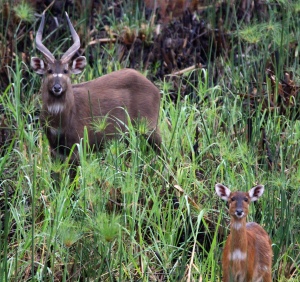
The reason I am in Uganda, my default favorite antelope. I am going to keep this description brief, as I am sure to talk about sitatunga quite a bit in other posts, podcasts, and webisodes! This is a true swamp specialist species. They are not confined to papyrus marshes – the forest sitatunga, a subspecies in central and western Africa, uses bais, or marshy openings in forests. There are also the Sessee Island sitatunga, which is a subspecies confined to islands in Lake Victoria that use dry land most of the time.
It is easy to tell the difference between male bushbuck and sitatunga. Sitatunga bulls are larger, darker in color, shaggier, and have larger horns than bushbuck males. Telling the females of the two species apart is much more difficult. Most female sitatunga here do not have spots on their coat, while most bushbuck here do have spots. If deep in the papyrus, it is a good bet that female bushbuck would not venture that deep into the swamp, so it is most likely a sitatunga. When in doubt, try to see the feet – sitatunga have much longer toes than bushbuck, but if they are standing in water, it may not be easy to see!
Reedbuck (Redunca redunca)
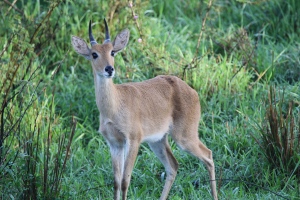
Reedbuck are a straw-yellow in color here, and the males have horns that curve forward. They also have an endearing look about them (similar to waterbuck), with their dark eyes appearing to be very large on their light brown faces. Some of them have an expression that I call “permanently startled.” I have been able to watch reedbuck grazing near some of the machans I work in, and this is another species where the females seem much more jumpy and ready to run off than the males. They are rather common around floodplains and river edges (hence the common name), and seem to enjoy being around other antelopes – I have seen them grazing close to bushbuck, and following them in and out of openings. Perhaps they are using bushbuck as shields, or they know that bushbuck send out an alert when there is something amiss. Reedbuck might be smarter than they get credit for.
Oribi (Ourebia ourebi)
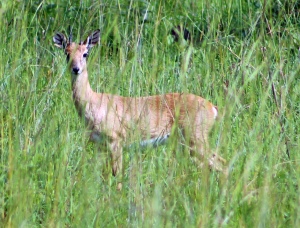
The oribi is easily mistaken for reedbuck at a distance. The major difference is that male reedbuck horns are curved forwards, while oribi horns are straight. The females have a black spot below the ear, and this is usually larger than the similar spot found on reedbuck females. Reedbuck have a tail that hangs below the haunches, while oribi’s tails are shorter.
Oribi prefer open areas like grasslands or pastures, so I have often seen them near grazing cattle. They are extremely fast, so I had to be quick with the camera – and lucky – to get the few pictures of them that I have. They are not that common near the river machans where I work, so I had to travel away from the river to see any with regularity. They are often in small groups, so if you see one, there are likely a few more close by.
Uganda Kob (Kobus kob)
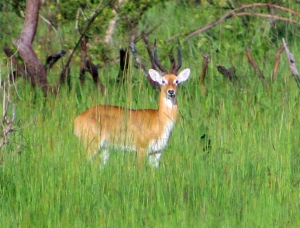
The Uganda kob is a subspecies of kob antelope found across sub-Saharan Africa. The Uganda kob is depicted on the coat of arms of Uganda, along with the crested crane. Kob are usually found in grassy floodplains, and are generally found in herds. They are actually uncommon in this part of Uganda, but I have managed to spot one. The males have horns, and kind of resemble the impala.
Since I have only seen one of these (a male, and at a distance), I don’t really have any first-hand information about them. According to what I have read, kob herds can number in the thousands, some migrate long distances to stay near water in the dry season, and their social structure is complicated. To truly do it justice, I should devote an entire blog post to the Uganda kob in the future.
East African Bush Duiker (Sylvicapra grimmia)
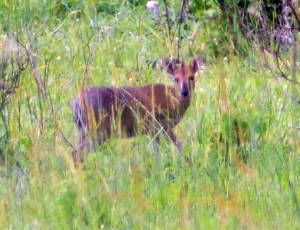
There are 22 species of duiker (pronounced DIE-ker) in Africa, but the bush duiker is the only one found here. Bush duiker are very small compared to the other antelopes found in this area (about 50 cm / 20 inches tall, and weighing about 12-25 kg / 26-55 lbs), and they are very shy and love dense cover. Because of these habits, I have not managed to get many good photographs of duiker, but I have seen plenty – as they were running away.
Bush duiker, also called common duiker, are unusual in a way – females tend to be larger than the males. Males do have horns, but the horns are short (less than 5 inches / 11 cm), so it seems to emphasize how small they are. They vary in color a bit here, ranging from chestnut brown to a golden brown. They can be grey in other parts of their range, hence a third common name for them, grey duiker.
The iconic wildlife of Africa may not be close to my study site, but that doesn’t mean there is nothing to see here. Stay tuned for the next installment about wildlife of the Mayanja river basin. -University of Alberta PhD. Student Camille Warbington.
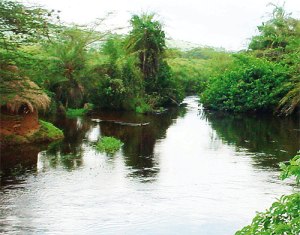
Also James is Launching Wildlife Discoveries Kids website- all for kids to learn about different wildlife and see various photos and play games.
Check Out- http://www.wildlifediscoveries-kids.com
and http://www.wildlifediscoveries.com
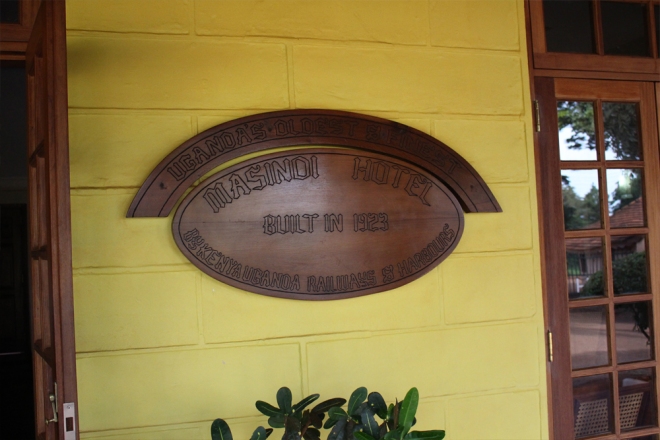 Masindi was a major transit point for goods moving through the Great Lakes region. The hotel is best known for its famous guests – and its interesting role in the history of American literature.
Masindi was a major transit point for goods moving through the Great Lakes region. The hotel is best known for its famous guests – and its interesting role in the history of American literature.